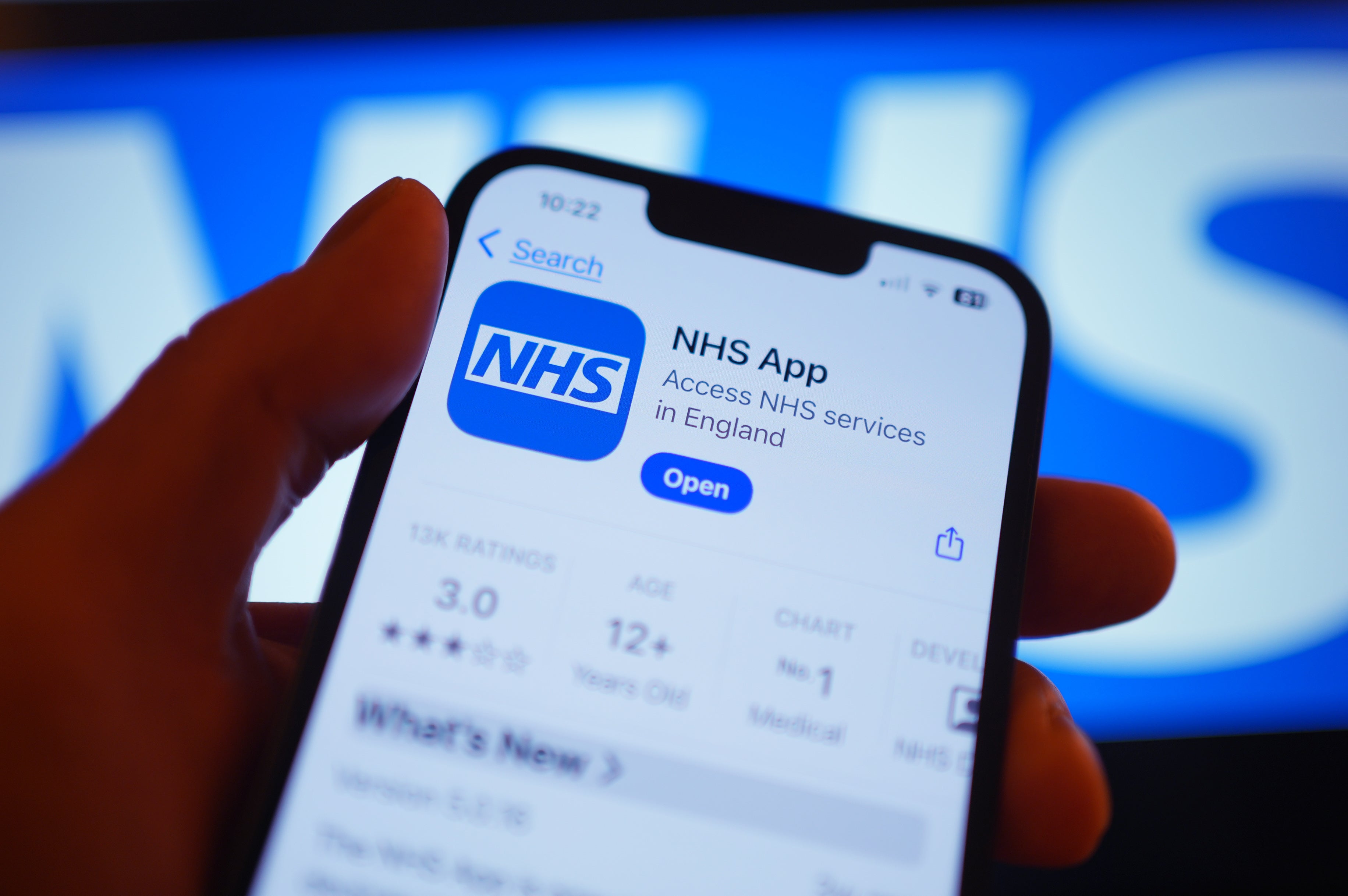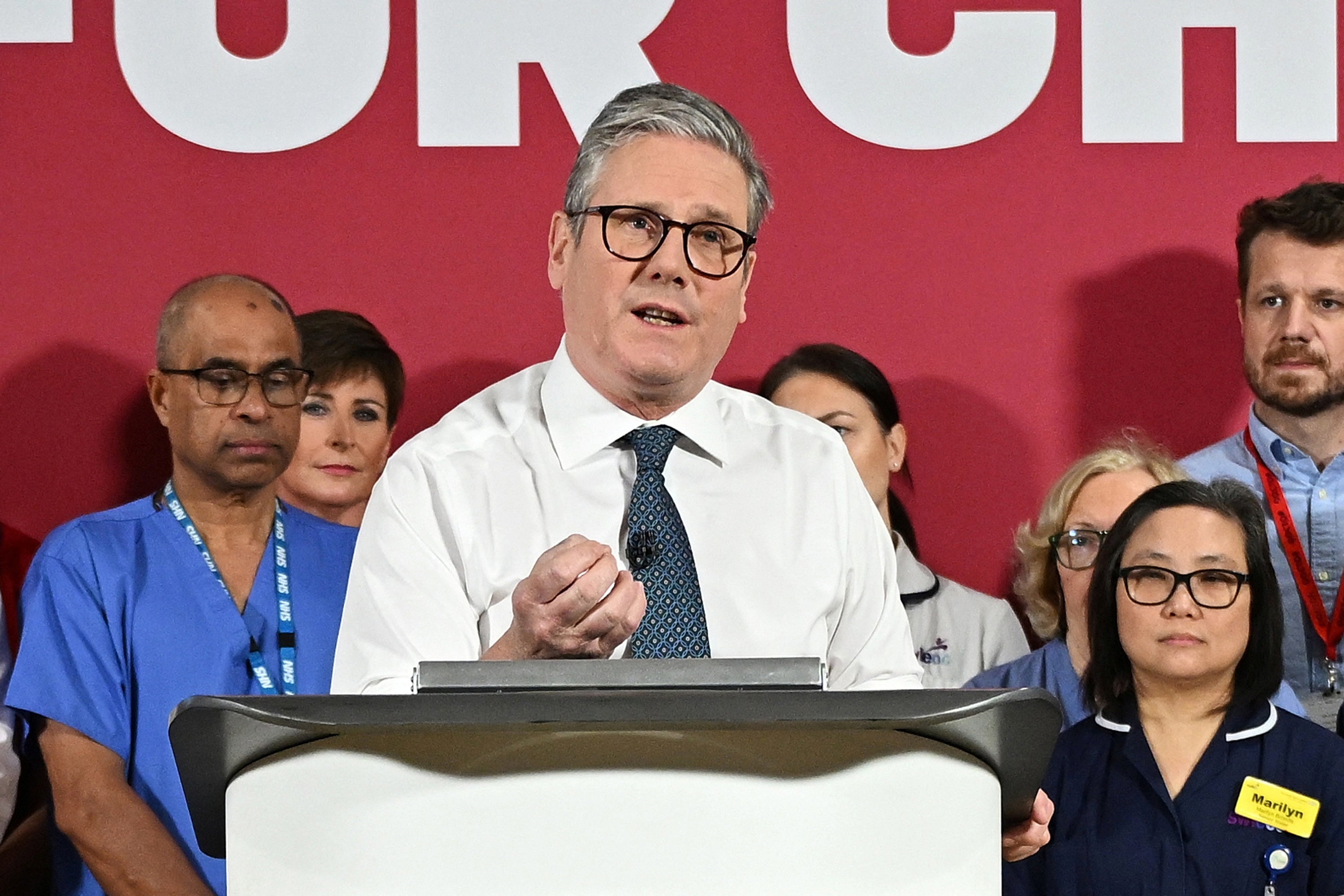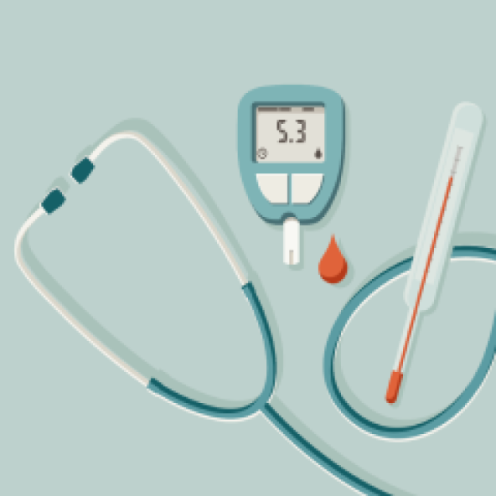Sir Keir Starmer has unveiled the full details of Labour’s plan to reform the NHS and reduce waiting times from 18 months to 18 weeks.
The prime minister claimed the reforms were about providing more convenience for patients with the country facing a crippling NHS waiting list backlog.
“This plan is a comprehensive level of that mindset, an NHS that treats patients more quickly, that is closer to their lives, gives them the level of convenience that they take for granted in nearly every other service they use every day,” he said on Monday.
Here are some of the key changes, and what they will mean for you:
More care outside of hospitals
Part of the plan to get care and treatment closer to where patients need it will see an increase in the number of surgical hubs.
The government plans to open 17 new or expanded surgical hubs, where people can receive non-urgent treatment, including cataract surgeries and some orthopaedic procedures.
The aim is to free up hospital operating theatres for emergency or more serious cases, ensuring patients with critical needs and those with less complex cases all receive faster care.
An upgraded NHS app

The NHS app is getting a major upgrade in March, allowing patients in the vast majority of acute trusts to book appointments and communicate with GPs and hospitals about their care and follow-up appointments, as needed.
It will allow patients who need non-emergency elective treatment to choose from a range of providers, including those in the independent sector.
Users will also be able to view and manage appointments, book tests and checks at convenient locations such as community diagnostic centres, receive test results, and book any necessary follow up appointments, such as a remote consultations or surgery.
More direct referrals for testing and scans
Instead of requiring a more senior medical consultation to receive a referral for testing or scans, GPs will soon be able to directly refer patients.
People with some conditions, including young people and children with asthma and women with post-menopausal bleeding, will be able to see their GPs for direct referrals for diagnosis and treatment, without needing to wait for a consultant appointment first.
Greater availability for community diagnostic centres

Patients will be able to book testing or scans after work hours or on weekends.
Sir Keir said the government will open more community diagnostic centres and extend opening hours to 12 hours a day, seven days a week, and those centres will also offer a wider range of testing.
“So if you need a scan or x-ray you get it done much more quickly, at your convenience,” he said.
The changes will help make up to half a million additional appointments available, alongside expanded surgical hubs.
Patients can also expect more same-day results as part of the plan.
Increased treatment availability with private health deal
The relationship between the NHS and the private health sector has been expanded in a new deal which will make the facilities and resources of private hospitals more available to the NHS.
Sir Keir said that means “more beds, more operations, more care available to the NHS”, and treating people where they are and helping to cut waiting times.
The NHS and private sector will focus on working together in areas where the NHS has significant wait times, particularly in gynaecology where 260,000 women are waiting more than 18 weeks for treatment.
Patients in other areas facing significant wait times such as orthopaedics (where 40 per cent of patients are waiting longer than 18 weeks) will also be offered a choice of private or NHS provider as a priority.
The deal means more treatment can be delivered while care will remain free for patients.




















+ There are no comments
Add yours